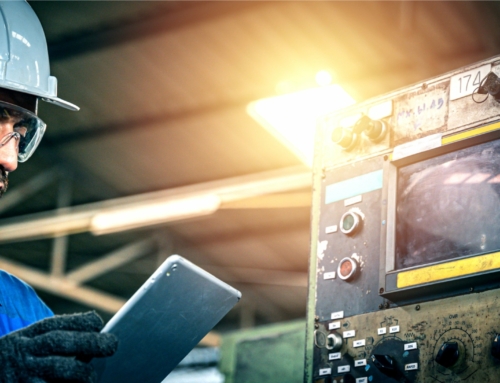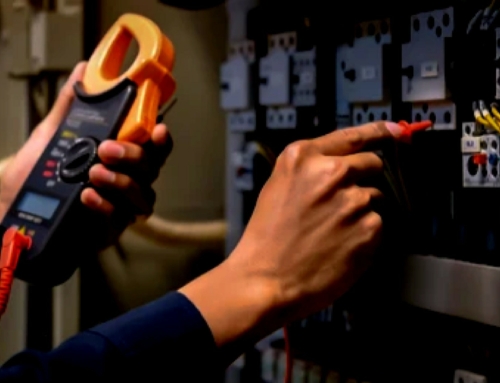Future of Maintenance vs Repairs – Part 2, our previous blog Part 1 discussed the advantages of preventative maintenance over reactive maintenance or repairs, the business proof of ‘a stitch in time saving time’. It’s important to bear in mind that for preventative maintenance, it’s necessary to consider the age of the equipment. If it is brand new, or even relatively, preventative visits are less likely to be needed – in the same way that Australian cars don’t need registration inspections if they are under five years old.
The next step up the ladder of efficiency, however, moves from preventative to predictive maintenance, which is defined by Wikipedia as “techniques designed to help determine the condition of in-service equipment in order to estimate when maintenance should be performed”.
Technological advances are beginning to make the systematic and comprehensive delivery of this to industry simpler, more streamlined and, consequently, more cost-effective and efficient than ever before.
Advantage of IoT
Already IoT (Internet of Things)-based predictive maintenance means it is possible to utilise real-time sensors installed on various pieces of equipment in order to feed the data produced into predictive models. This enables the determination of when something is due or likely to fail and maintenance can be scheduled accordingly.
Breakdown data can be used to predict the expected life cycle of any piece of equipment. For a cooling fan that typically fails after six and a half years, replacement could be scheduled for five years’ time to avoid experiencing that failure.
As networking, information processing algorithms and, particularly, data storage become ever more sophisticated and advanced, however, predictive maintenance is expected to be able to save organisations in the region of 30 to 40 percent of costs in comparison to reactive maintenance and eight to 12 percent compared to preventative, according to the US Federal Energy Management Program, which also summarises additional industrial average savings as:
- return on investment (ROI) 10 times
- reduction in maintenance costs 25 to 30 percent
- elimination of breakdowns 70 to 75 percent
- reduction in downtime 35 to 45 percent, and
- increase in production 20 to 25 percent.
Dealing with data
One of the big issues with predictive maintenance previously has been the sheer volume of data that can be created. A strategy driven by the data from such maintenance-related information and measurements as vibration, ultrasound and temperature can be hampered by the task of managing and processing such huge amounts of information. But machine learning systems, such as supervised learning, are able to teach computers how to analyse the data by assigning labels to desired outputs for given inputs. Faults including resonance, imbalance and bearing wear have recognisable and unique data signatures and data analysts can train computers to identify them without human input.
Importantly, machine learning was previously the domain of large organisations working on a batch basis, but it is now possible for data to be continuously parsed through machine learning models, with the resulting predictions constantly created. And this can be done at scale, so that SME businesses can take advantage of its benefits too.
Two-way learning
As computers advance via machine learning, human analysts are able to glean knowledge in return – particularly in the area of the diversity of mechanical equipment. Big data analytics provides insights into the various characteristics of different pieces of equipment at a granular level, meaning analysts are no longer reliant on simplified ‘one size fits all’ tables of limits, but can adapt their techniques on a machine by machine basis – giving far greater accuracy and insight to any predictive maintenance schedules.
Contact us today to find out more about the field management software which is continually being developed to take advantage of this ever-evolving technology.





